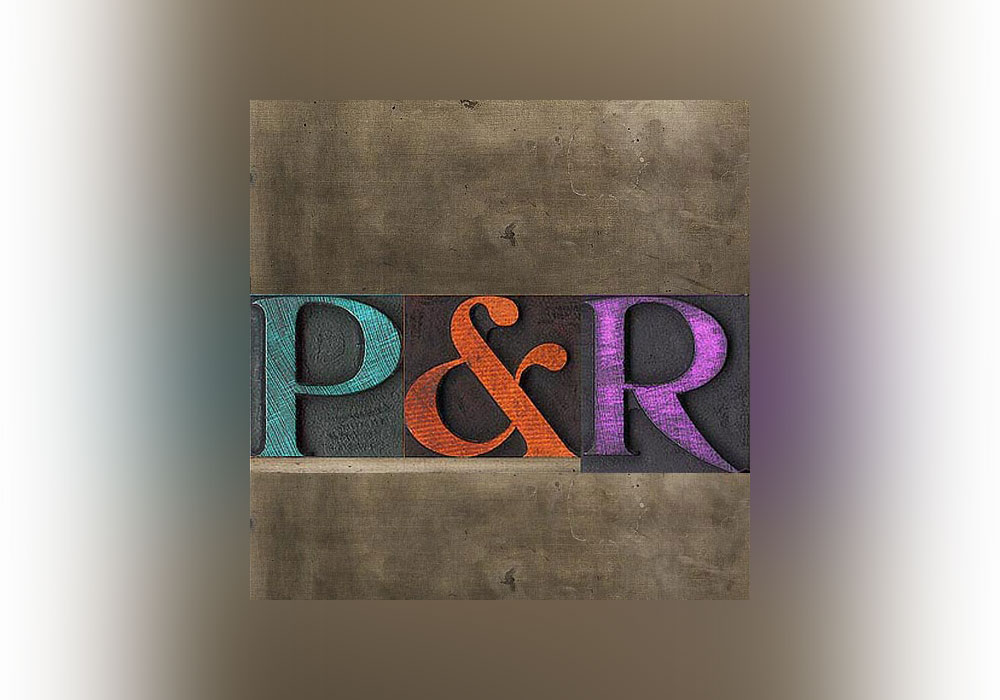Were P And R Once The Same Letter?
Do you ever stop and look at the shape of our alphabet? Each letter looks natural to us now, but all those lines and circles have unique histories. It’s easy to make assumptions that our letters make sense, that they developed in some orderly logical way, and one reasonable assumption would be that P and R are related to each other based on their form.

